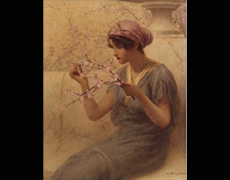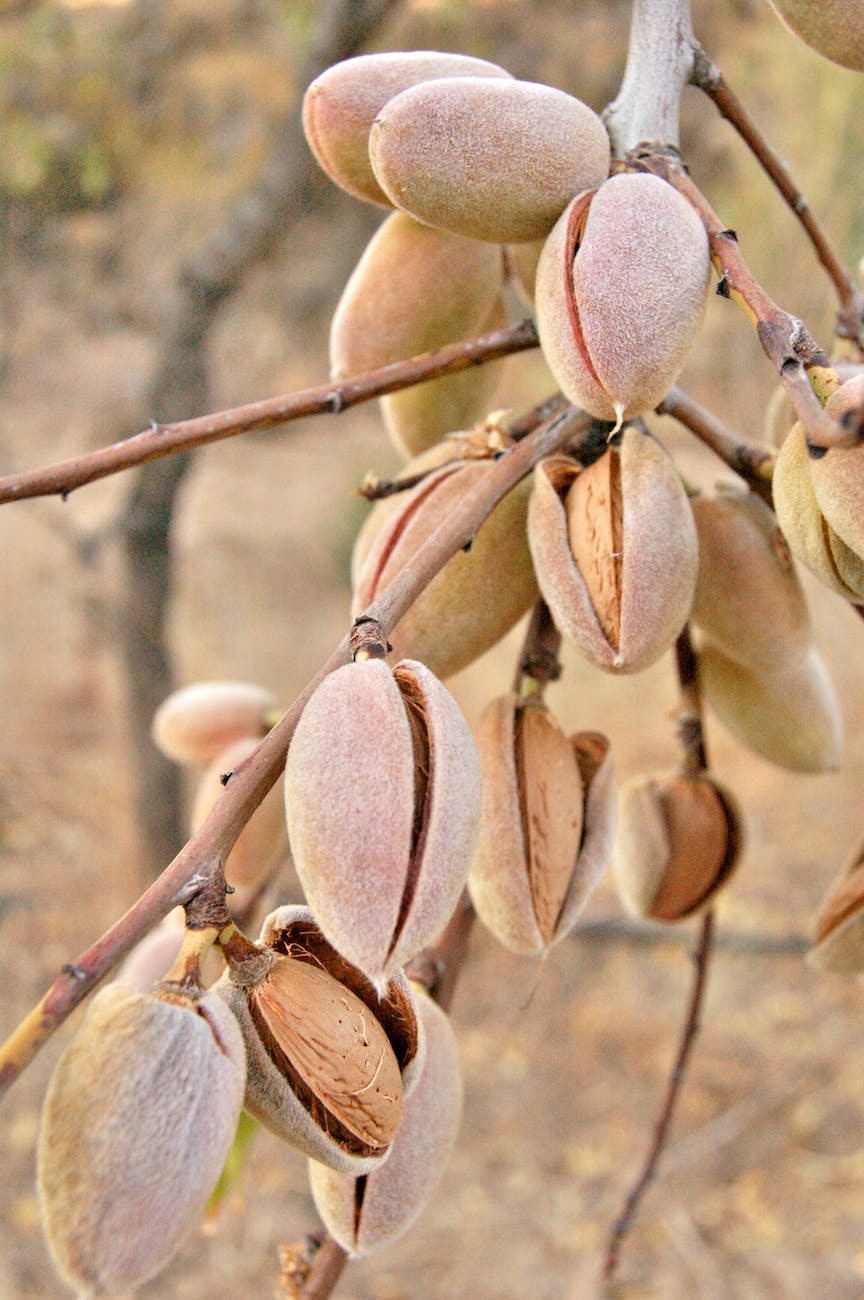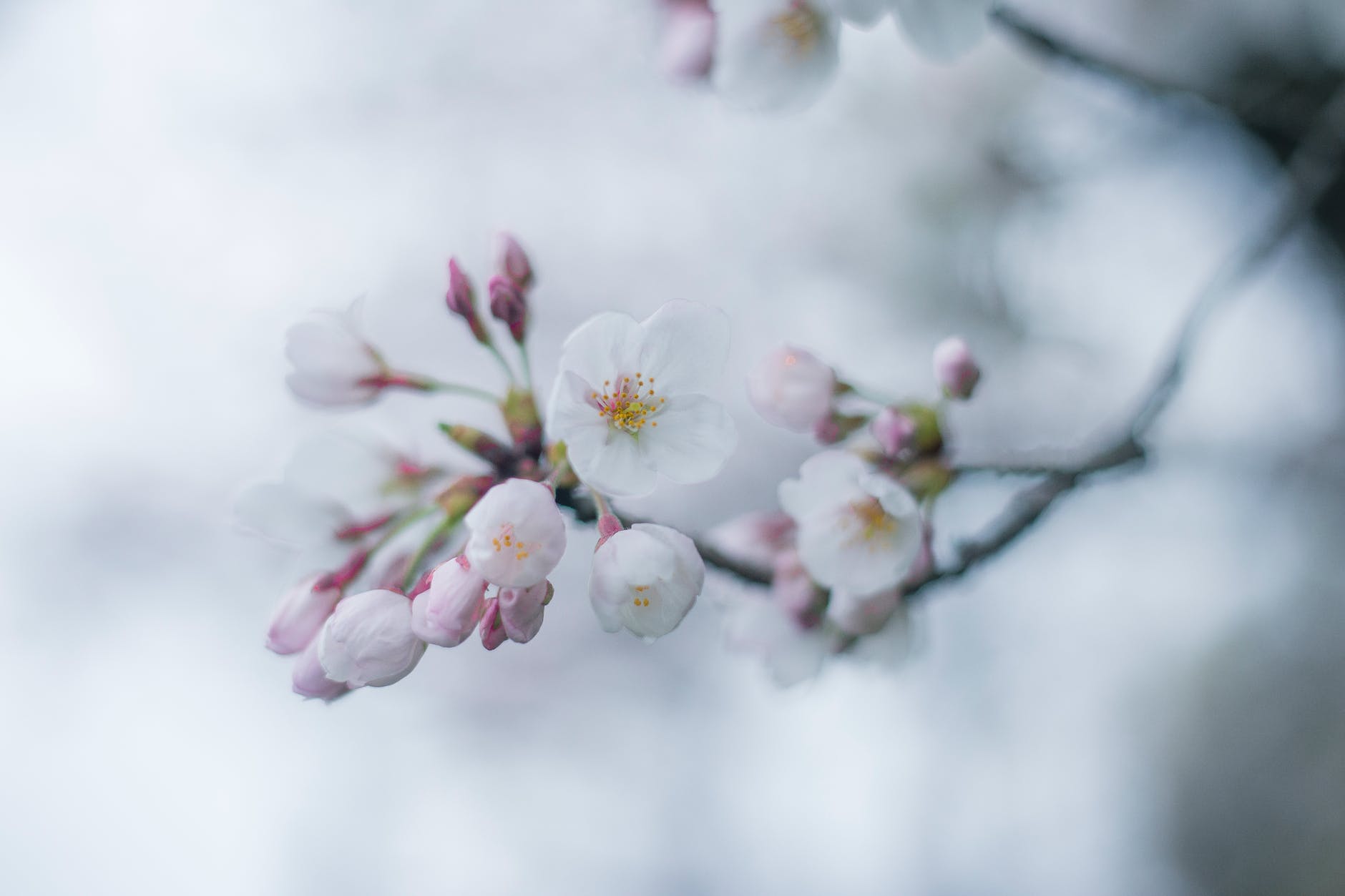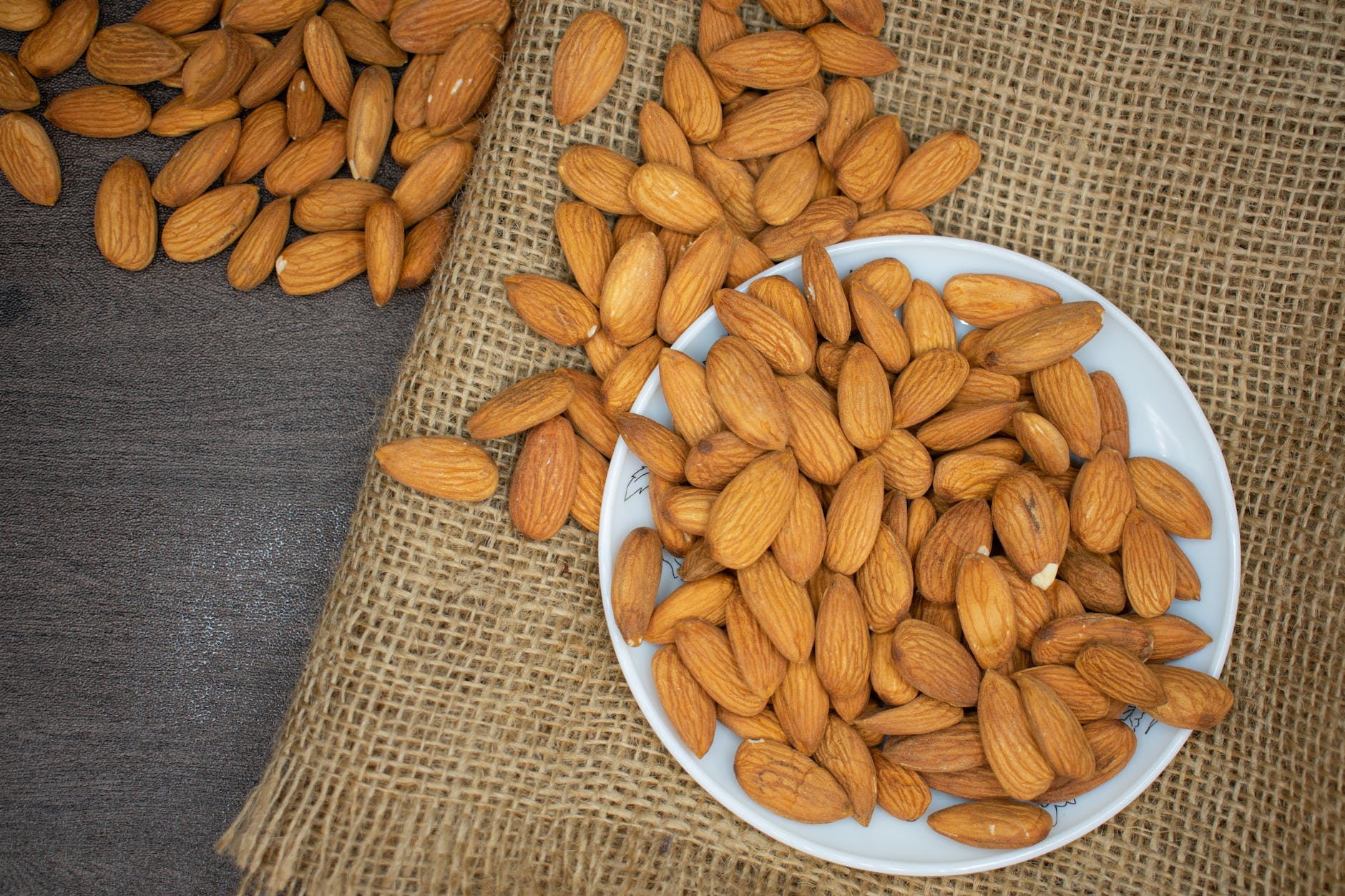
The almond tree has a rich history in folk magic, superstition, and symbolism.
This versatile tree is native to the Middle East and Central Asia. It has been revered for its beauty, medicinal properties, and its place in mythology and folklore.
Furthermore, in Natural Magic by Francoise Strachan, we read that:
“The almond tree is a very sweet natured being, and symbolizes fruitfulness and self-protection. It also symbolizes virginity…”

In many cultures, the almond tree is considered to be a symbol of good luck and prosperity.
The tree’s delicate, pink and white blossoms are often associated with new beginnings. Equally important, it is said that planting an almond tree can bring good luck and prosperity to a home or a business.
Its fruit, the almond, is also considered to be a symbol of new beginnings and good luck.
This beautiful tree is also believed to have protective properties. In some cultures, the tree is planted near homes to protect them from evil spirits and negative energy.

The wood from the tree is also used to make amulets and talismans that are believed to protect the wearer from harm.
Furthermore, in folk medicine, this sweet-scented tree has long been used for its medicinal properties. The bark, leaves, and nuts of the tree have been used to treat a variety of ailments, including headaches, fever, and skin conditions.

Almond oil is also believed to have healing properties and is commonly used in cosmetics and skincare products.
According to mythology and folklore, the almond tree plays a significant role.
Greek mythology tells us that the goddess Aphrodite, the goddess of love and beauty, was said to have a sacred grove of almond trees.
According to Jewish tradition, the almond tree is considered to be a symbol of hope and renewal.
The tree is mentioned in the Christian Bible as a symbol of the promise of salvation.

